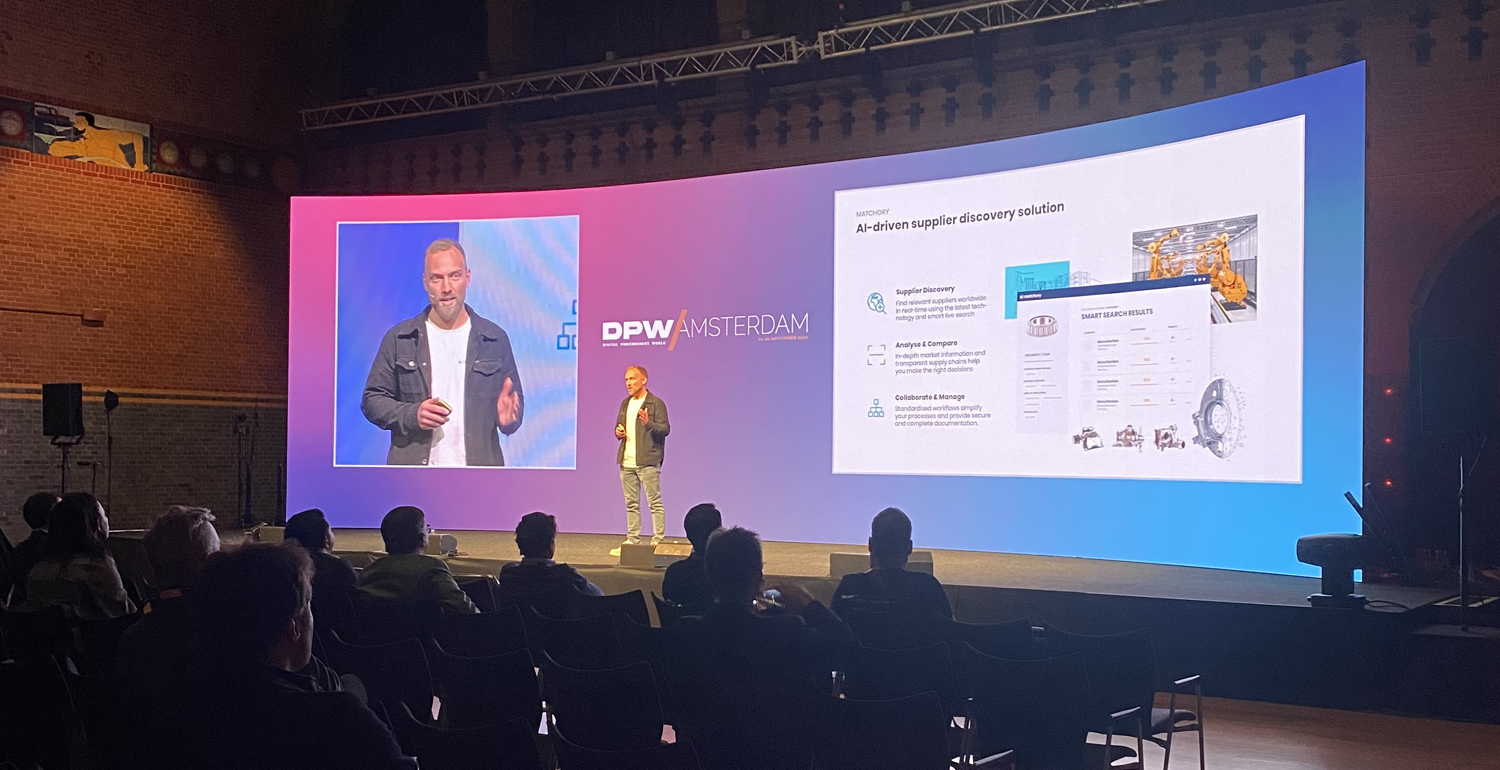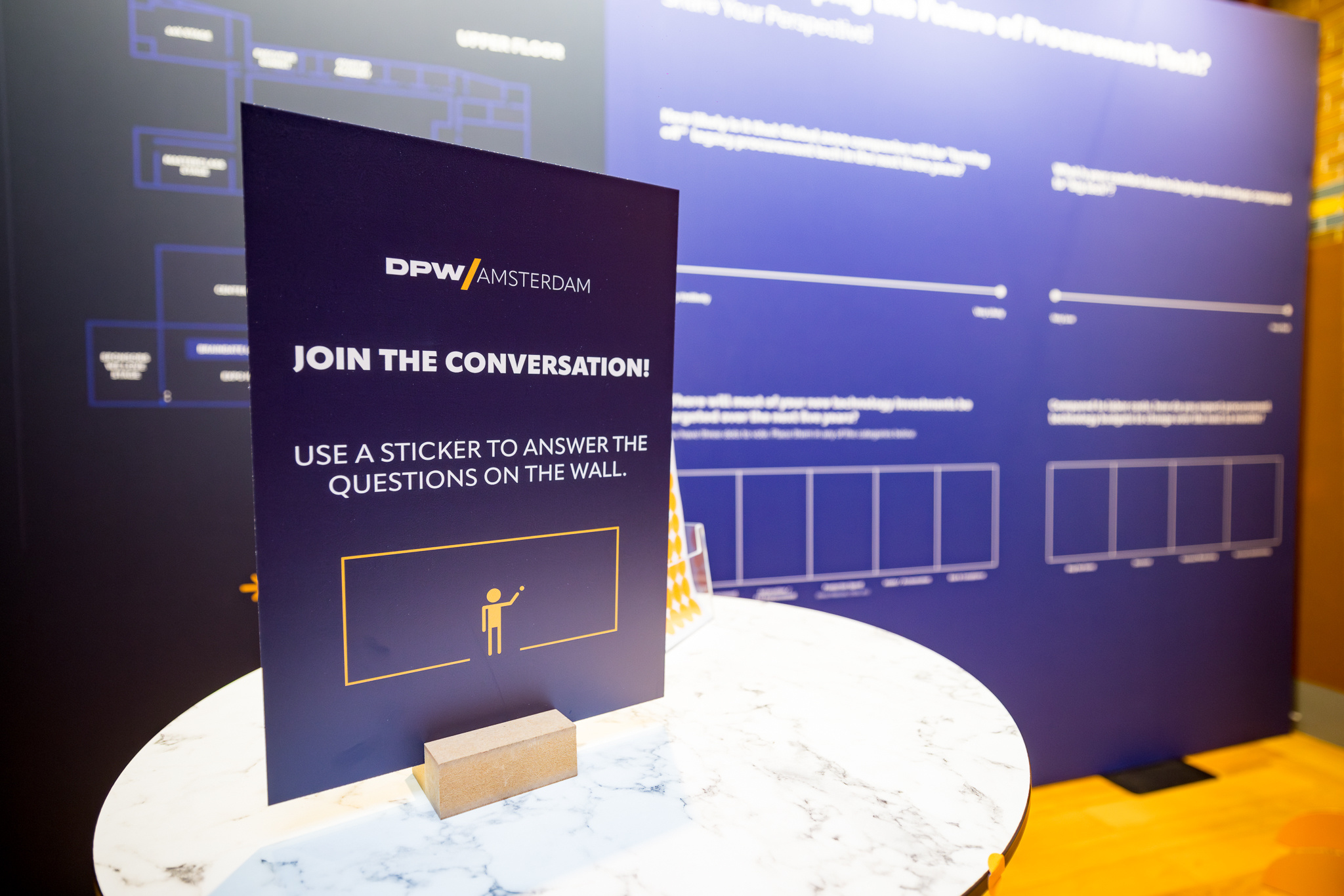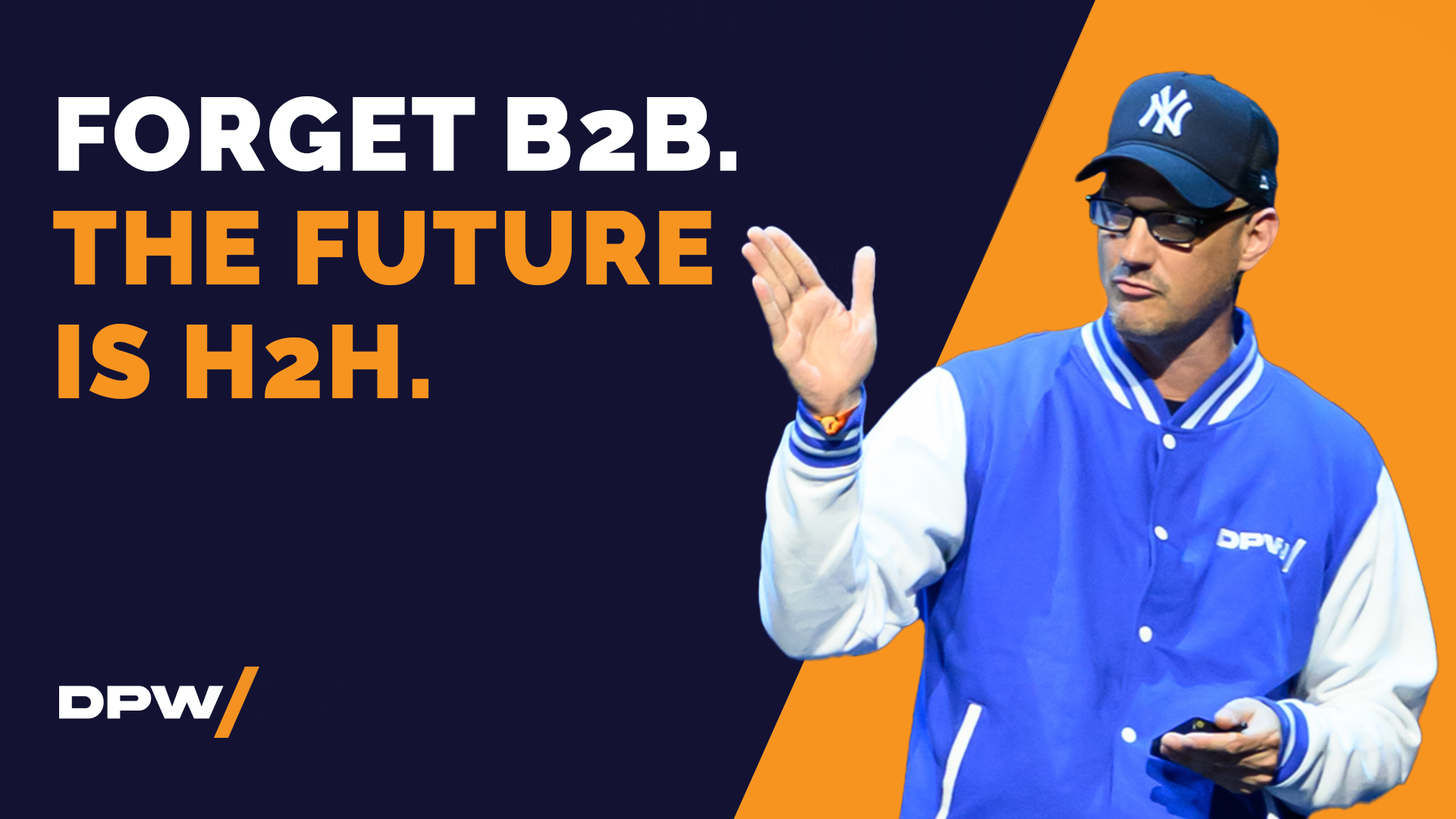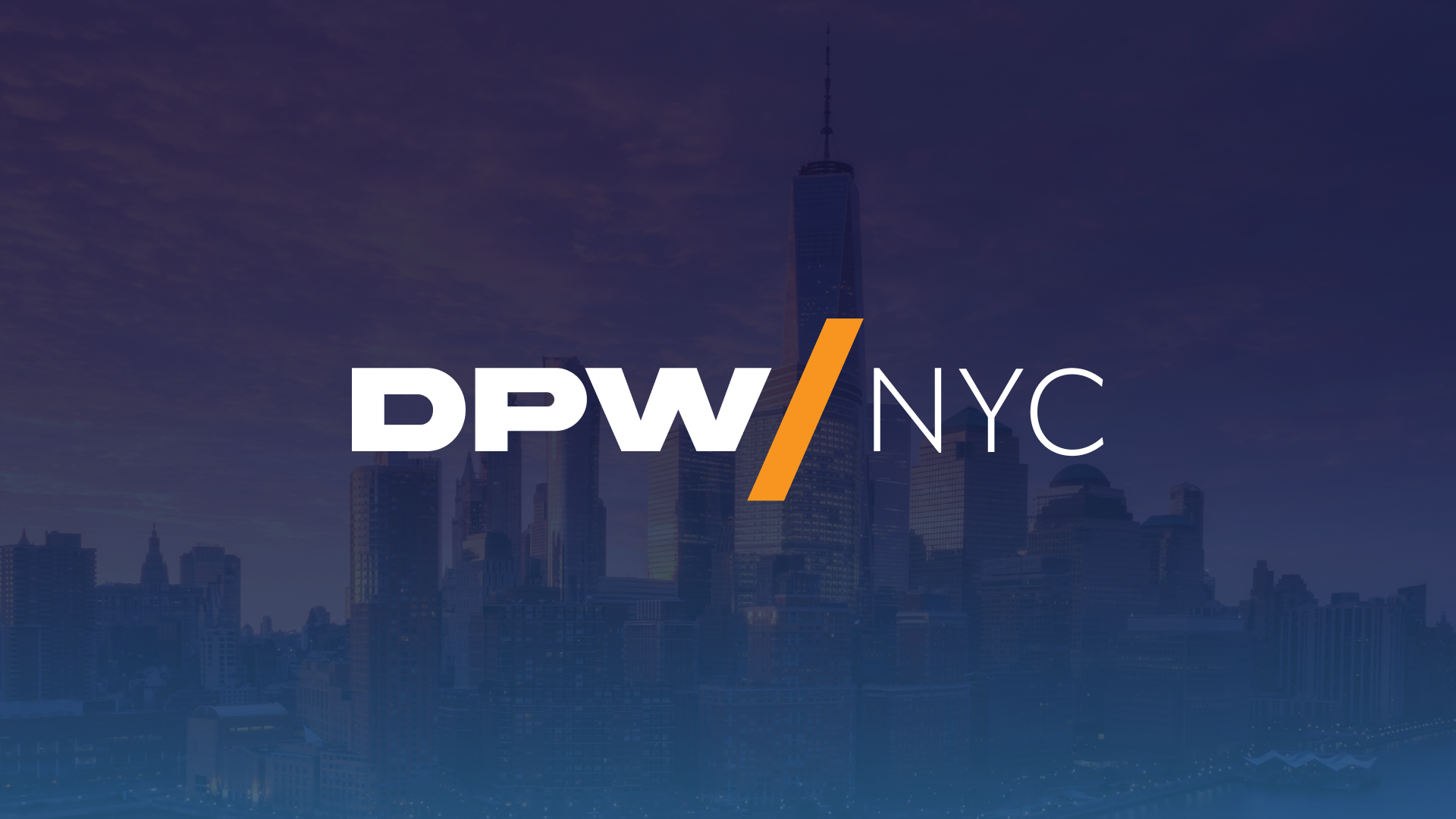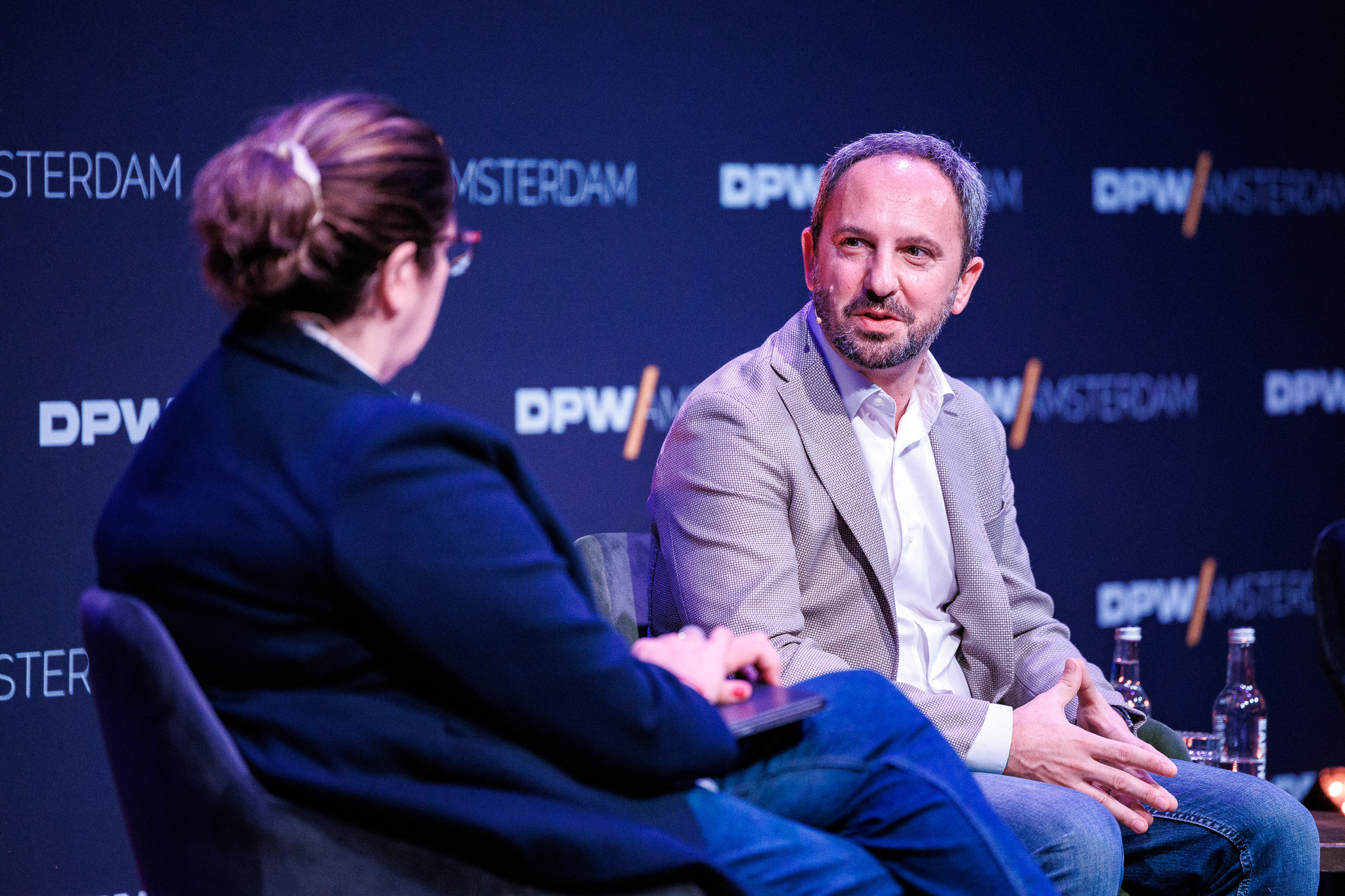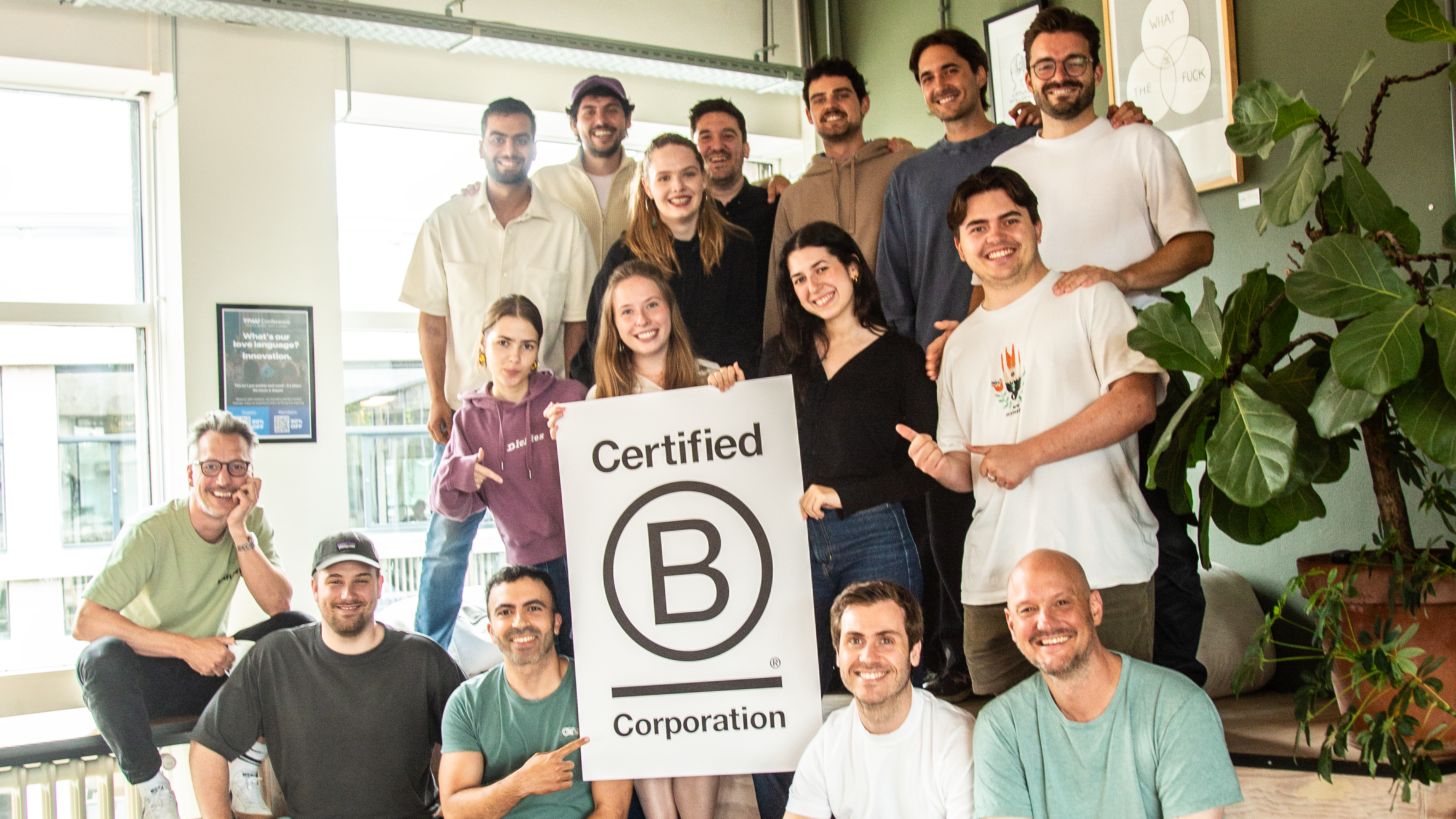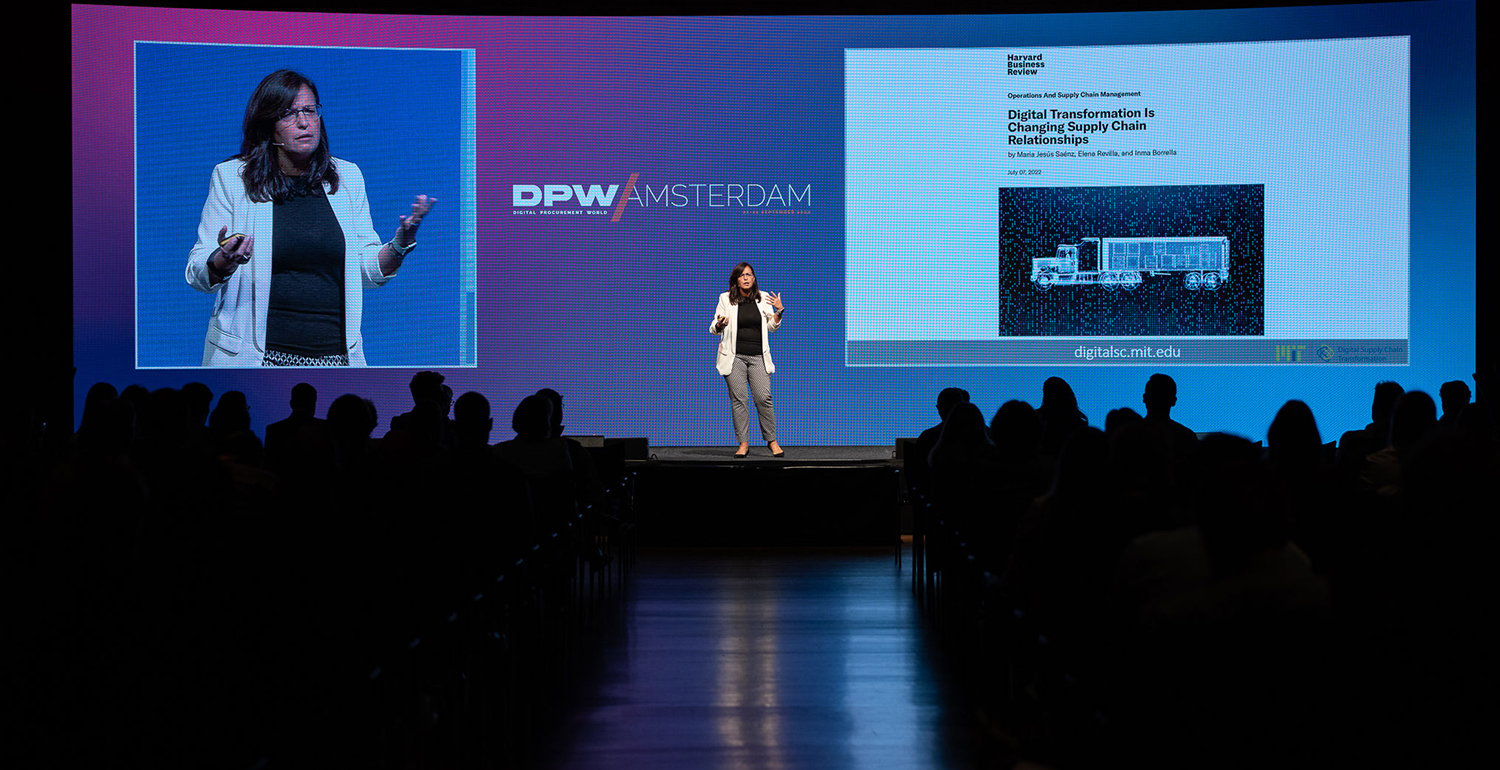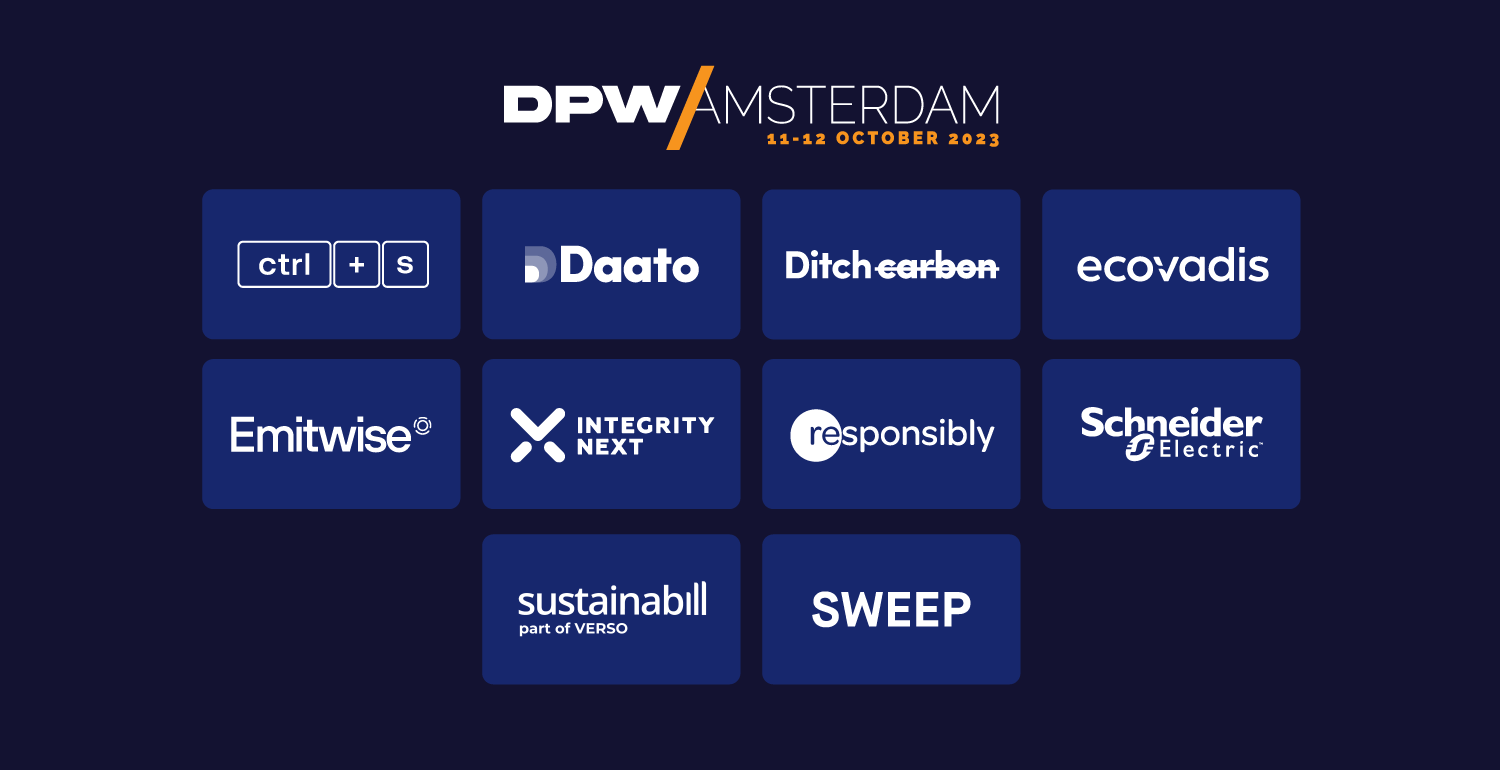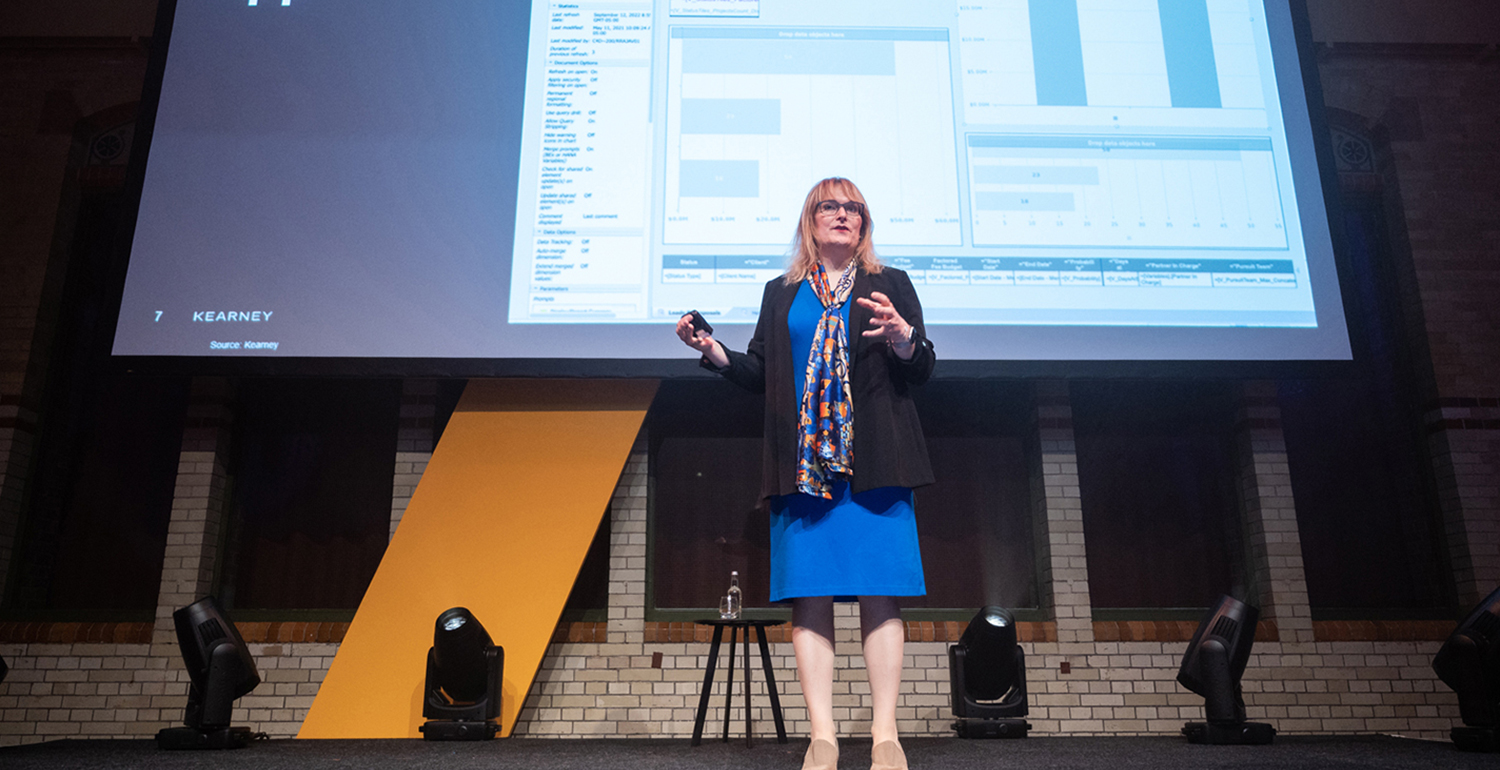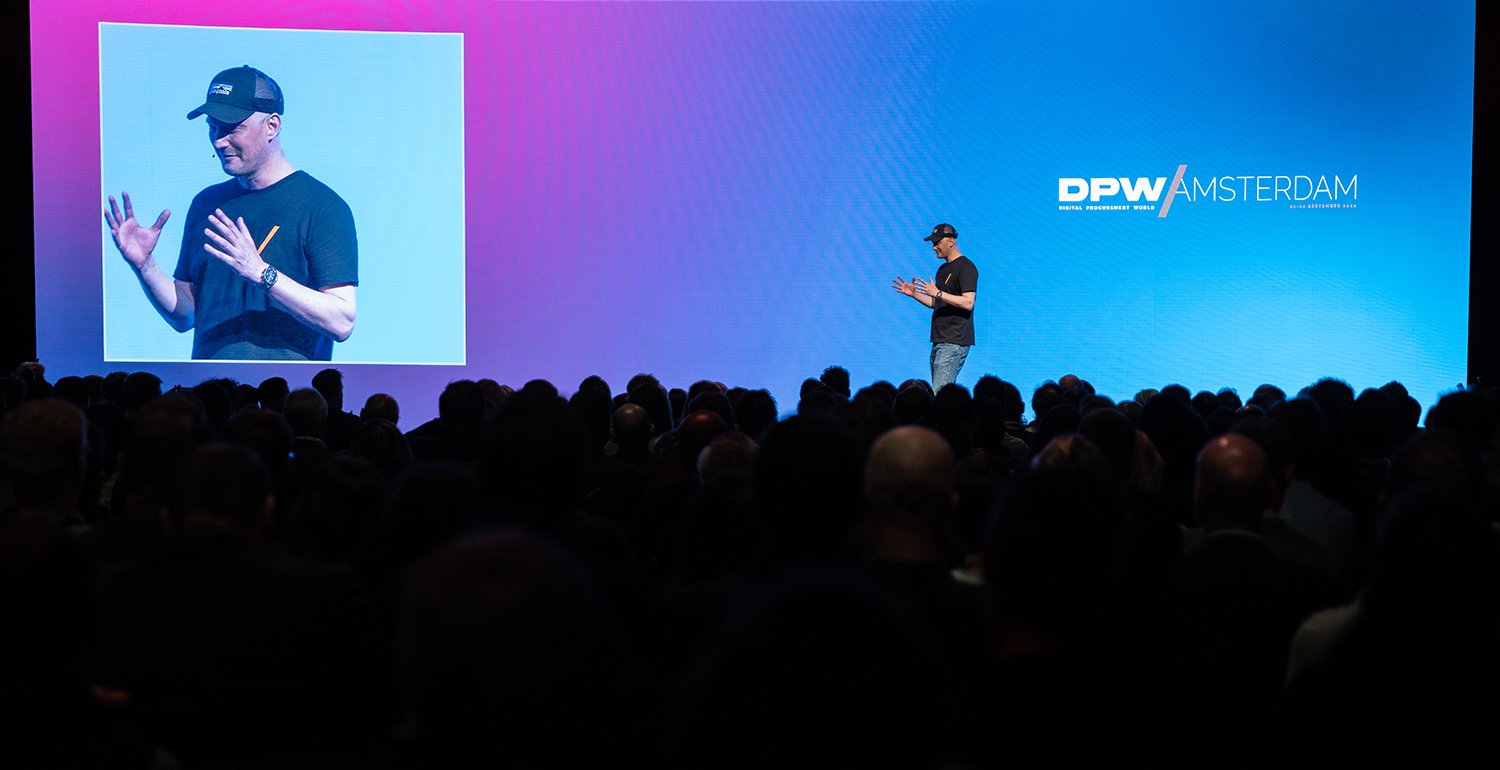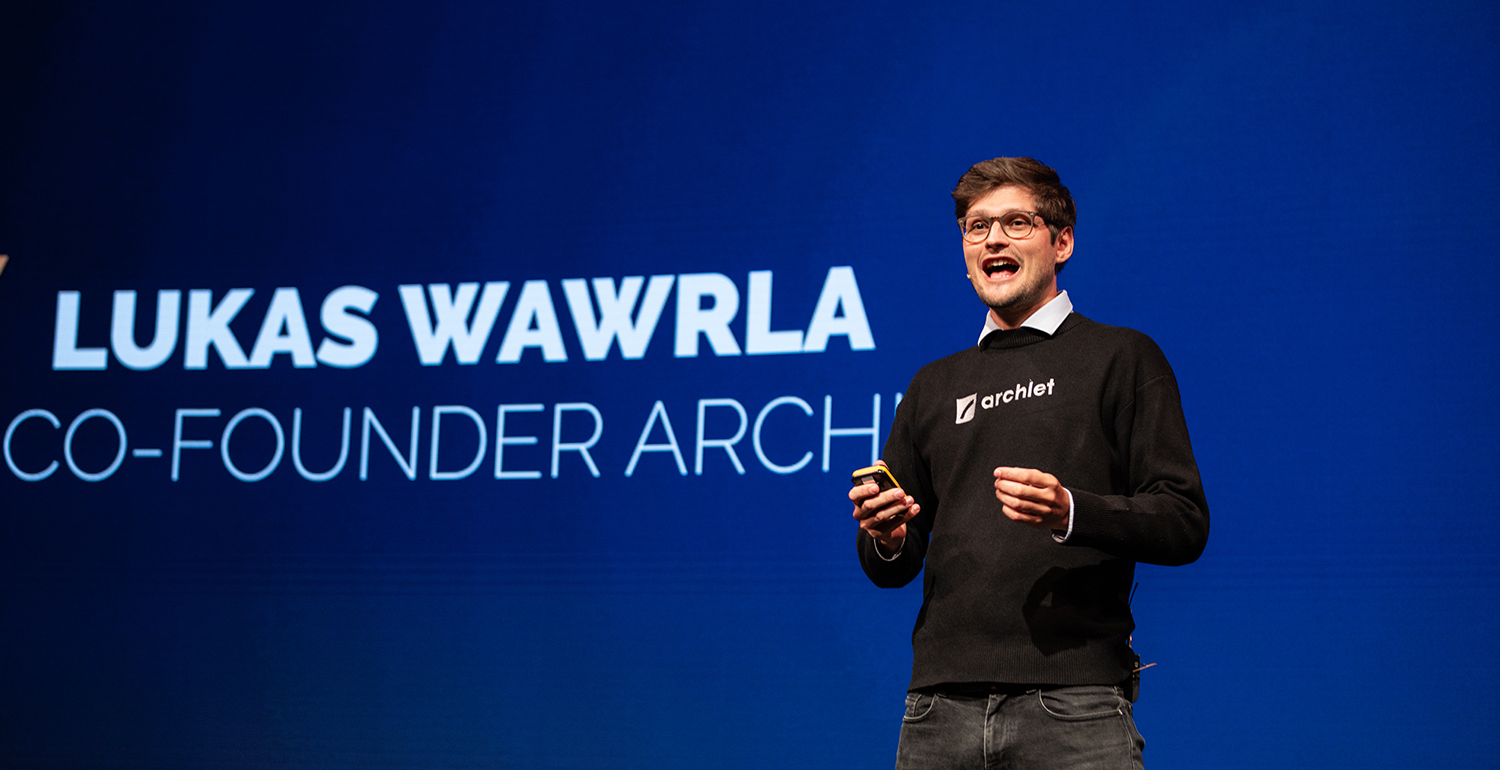As our staff works hard to bring you the best DPW Amsterdam conference to date, it’s brought up some great memories from 2022. The talks remain very relevant and the memories, well, they’ll last a lifetime.
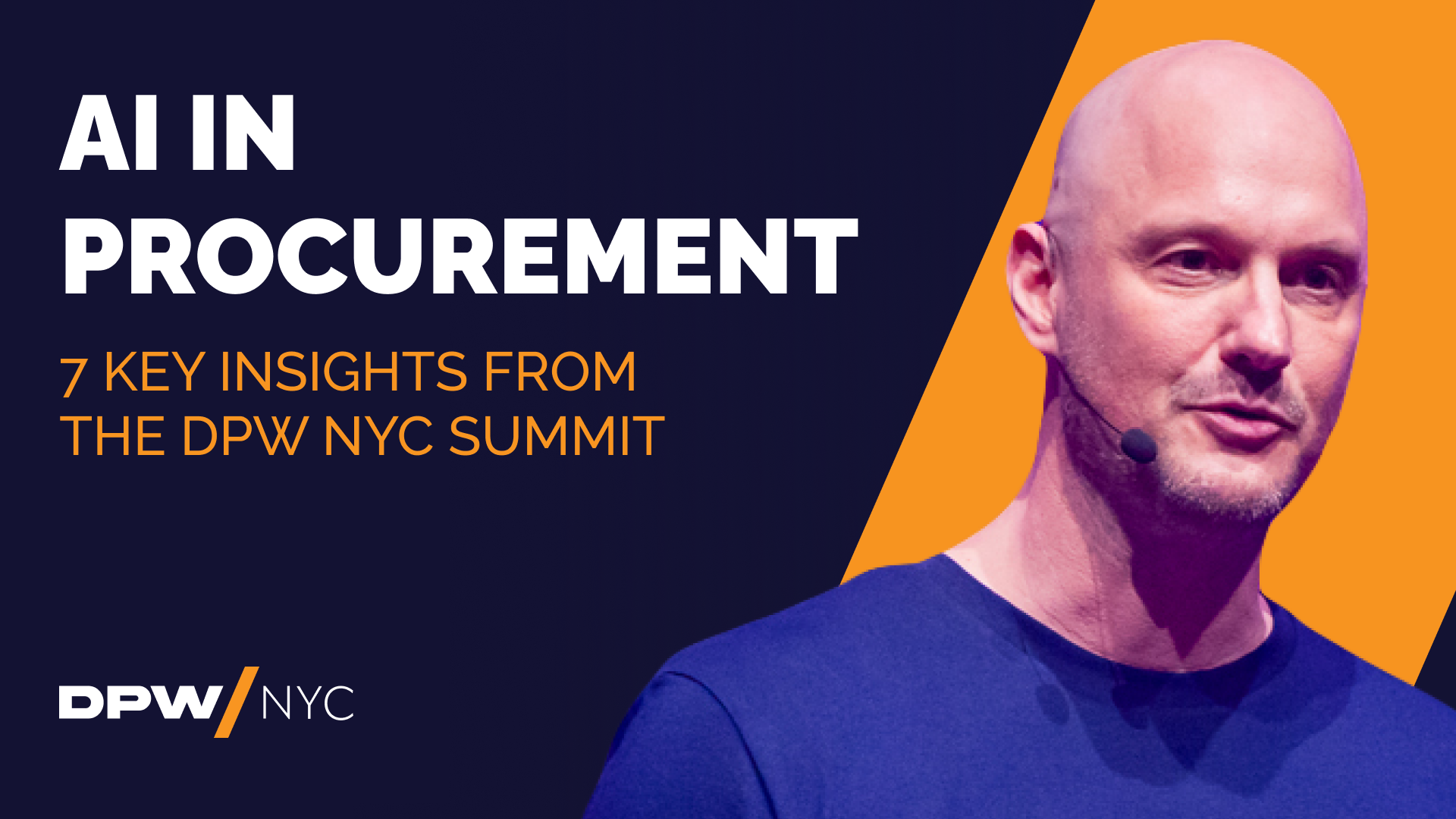
On June 12, 2024, thought leaders, innovators, and change-makers gathered at the DPW NYC Summit to explore the future of digital procurement and the role of AI in shaping it. In this blog, I share my personal insights and reflections from this inspiring event.
1. Creativity is the new productivity
In the age of AI and machine learning, just being more productive won’t cut it. The future belongs to creative leaders. This reflects a shift in value from mere productivity to creativity, especially as artificial intelligence and automation increasingly handle routine tasks. This idea emphasizes that in today’s rapidly evolving world, traditional measures of productivity, such as efficiency and output, are no longer sufficient to drive progress and success. Instead, creativity—characterized by the ability to generate innovative ideas, solve complex problems, and adapt to changing circumstances—has become the key driver of productivity and competitive advantage.
"Creativity is the new productivity because the tools to execute ideas are accessible to everyone, but the capacity to find and refine those ideas is more valuable than ever." - Scott Belsky, Chief Strategy Officer, Adobe
2. The personalization wave and its intersection with AI
Personalization is set to revolutionize digital experiences, rendering generalized platforms obsolete. Future digital platforms will be hyper-personalized, shifting from centralized programming to user-generated content. This presents vast potential for startups.
AI will drive this transformation, with tools adapting to users' needs and behaviors, emphasizing intuitive design and user-centric development. Instead of users learning complex software, the software will adapt to them. As AI tools become more sophisticated, they will understand and meet users' needs, enabling professionals to focus on innovation rather than technicalities, ushering in a new era of digital personalization.
The future of digital experiences will be hyper-personalized, with AI-driven agents tailoring every interaction to individual preferences while ensuring user control over personal data.
3. Consider the 4P framework to adopt AI
Adobe's Scott Belsky suggests to consider this “4 P’s” framework for how to navigate the path ahead and get your team started with AI:
- Play: Encourage teams to experiment with new technologies without fear of failure. This exploratory phase is crucial for understanding potential applications and benefits.
- Pilot: Start with a pilot project to apply the new technology in a controlled, low-risk environment. This helps gather insights and refine processes
-
Protect: Shield the pilot project from typical performance metrics. Focus on learning and development rather than immediate financial returns.
-
Provoke: Foster a culture where questioning and critical thinking about the new technology's impact, ethics, and return on investment are encouraged.
💡 I would add a fifth P – that is Promotion. Celebrate the objective results, based on the prior P’s, within the company and start the change process. This will initiate the change process and encourage broader adoption of the new technology.
To successfully adopt AI in your organization, encourage teams to Play with new technologies, Pilot specific projects, Protect experimental initiatives with different KPIs, Provoke tough questions to learn and innovate responsibly, and Promote and celebrate your achievements.
4. LLMs are commodities post-ChatGPT: Tech's USP is interface and data
While the media focuses on the "next best language model," true market leaders will emerge through innovations in the "interface" and "data" layers. The "models" layer is becoming commoditized, especially as mobile chips improve and operating systems advance.
As daily use-cases for Generative AI models often don't require top-tier models, affordable, commoditized versions will suffice. In a few years, many of these models will run locally on devices. Success in AI will hinge on overhauling workflows through interface innovations and strategic data use, allowing companies and individuals to leverage their data uniquely and powerfully.
In the post-ChatGPT era, the competitive edge for tech companies will lie in innovative interfaces and strategic data use, as language models become commoditized and more affordable.
5. ChatGPT isn’t an AI strategy — but it should be a strategic tool
Organizations should use LLM-powered tools like ChatGPT strategically. ChatGPT can boost productivity but isn't an AI strategy itself. David Rogers from Columbia Business School advises focusing on specific problems rather than the novelty of generative AI. Align AI projects with business needs and conduct low-risk experiments designed for learning. Follow a five-step process: define the problem, identify the customer, validate success criteria, experiment, and share learnings. Implement a structured program with innovation governance, training, and reporting mechanisms to maximize GenAI's value.
Strategy begins with understanding and addressing the key problems of your customers and business, not merely adopting new technologies.
6. The dawn of the generative AI Co-pilot
This event underscored the outdated nature of traditional procurement, envisioning a future driven by generative enterprise technology to boost productivity and create new data insights.
The Generative AI Co-pilot is set to revolutionize procurement, enhancing efficiency and decision-making. It’s like having the smartest colleague at your fingertips. Success in this new era requires embracing technology, a vision, continuous learning, and belief in human-machine synergy. History shows that those at the forefront of change don’t just adapt to the future; they shape it.
Generative AI copilots represent a significant milestone in in how we interact with technology in the workplace. As these assistants continue to evolve and improve, they have the potential to reshape productivity, creativity, and decision-making processes across organizations.
7. Rise of knowledge graph and graph databases
Knowledge graphs and graph databases are revolutionizing procurement by providing enhanced visibility, faster analysis, improved decision-making, and greater flexibility in managing complex supply chain data. By 2025, Gartner predicts that 80% of data and analytics innovations will use graph technology, significantly impacting procurement analytics and decision-making processes. Spend Matters highlights the need for a common knowledge graph 'backplane' to integrate various networks and applications, reducing complexity and enhancing data interoperability, thus supporting strategic goals like ESG performance, innovation, and competitiveness in procurement.
Knowledge graphs and graph databases are transforming procurement by enhancing visibility, analysis, decision-making, and flexibility in managing supply chain data, with Gartner predicting that 80% of data and analytics innovations will utilize graph technology by 2025, significantly impacting procurement analytics.











